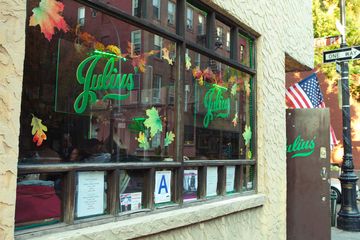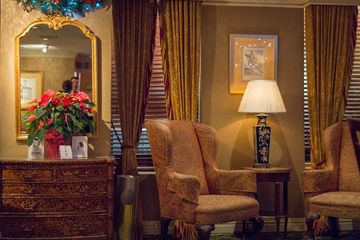Though barely over 500 square feet, Cubbyhole occupies a much greater space in New York’s nightlife. It is one of the city’s only remaining lesbian bars and serves as a “cozy safe haven” for queer women and the LGBTQ+ community at large, according to its current owner, Lisa Menichino. Cubbyhole was started by Tonya Saunders, who fled Nazi Germany with her mother and took refuge in the States. She came out as a lesbian in the 1960s and nursed a dream of starting an inclusive bar despite spending years working in advertising. A week after being laid off from her job, she stumbled across a “bar for sale” sign in the West Village and promptly claimed the spot to open the DT Fat Cat with a partner. In 1994, Tonya took over as the sole owner, renamed it, and transformed it into the much-adored Cubbyhole that stands today. After a trip to New Orleans’ splashy bar scene, Tonya was inspired to hang a colorful hodgepodge of trinkets from Cubbyhole’s ceiling and commission an artist to paint a mural on the walls. Much of the decor is gifted by regulars who bring back souvenirs from their own travels, while other themed objects are displayed seasonally to celebrate holidays. With the change in aesthetic came a shift in the bar’s perception to something warmer and more accessible. “To Tonya, exclusivity was boring. She wanted a bar that would invite everyone in — gay, straight, men, and women. ”Lisa, who had always bartended in between other jobs, was feeling burnt out after working as a probation officer. Searching for a new vocation, she was introduced to Tonya, and the women immediately hit it off. “Tonya became like a second mother to me. ” And as for Cubbyhole itself, Lisa soon fell in love — “It is such a special place. The customers, the vibe, everything. ”Tonya sadly passed away in 2018 and left the bar to Lisa, who has dedicated herself to preserving its spirit. “Cubbyhole is the icon. I’m just the person making sure the operational parts are there. ”





